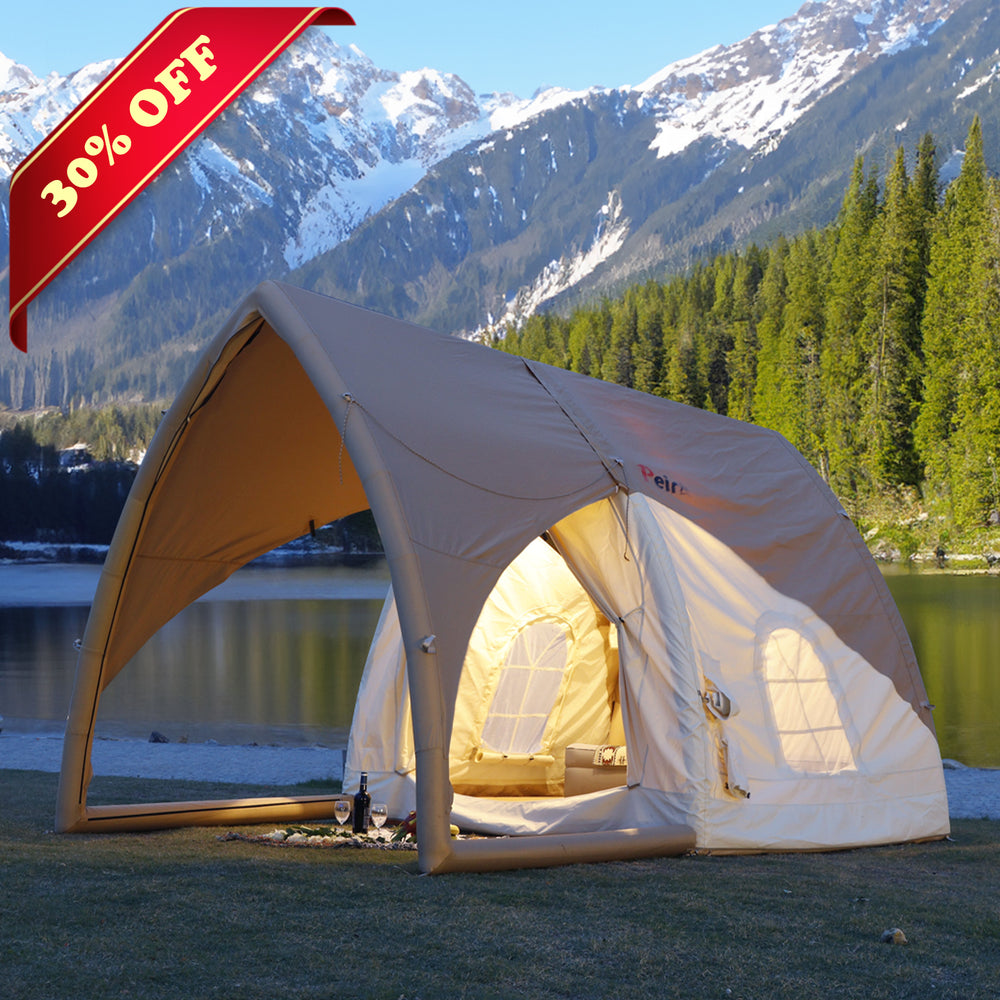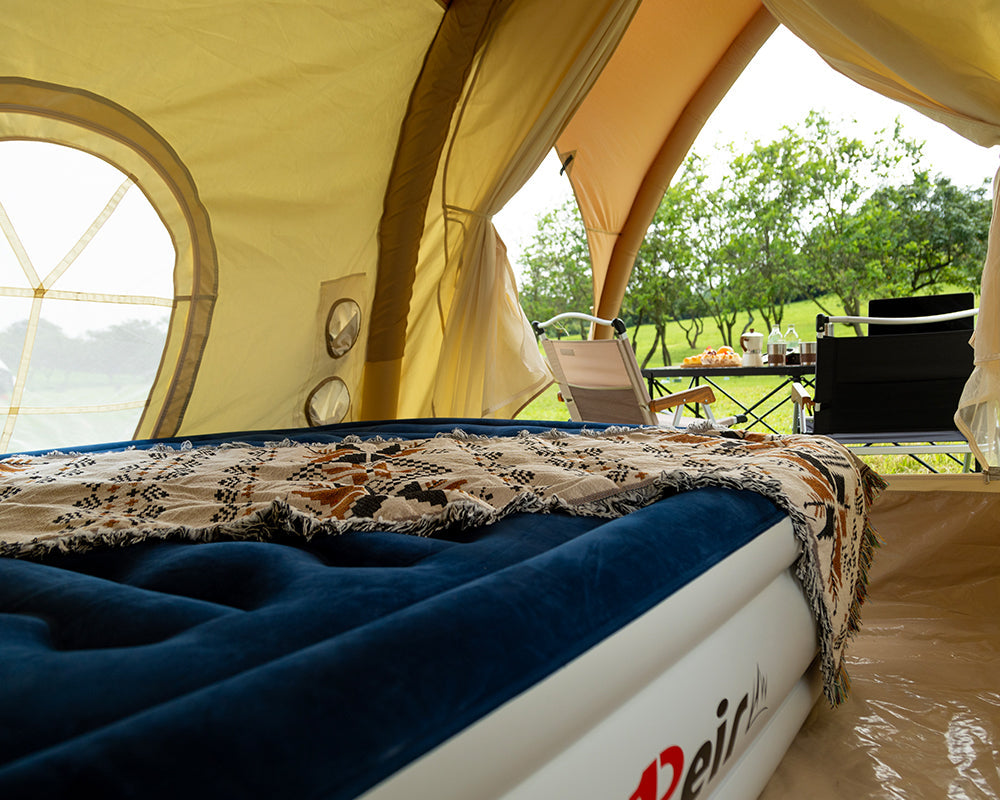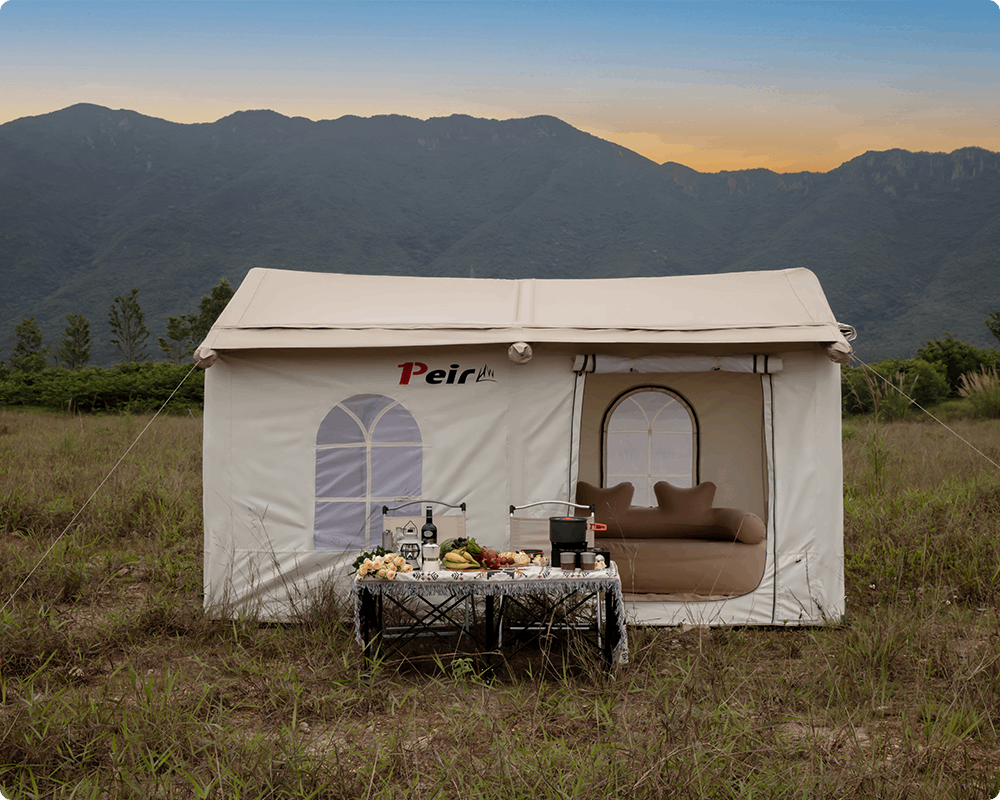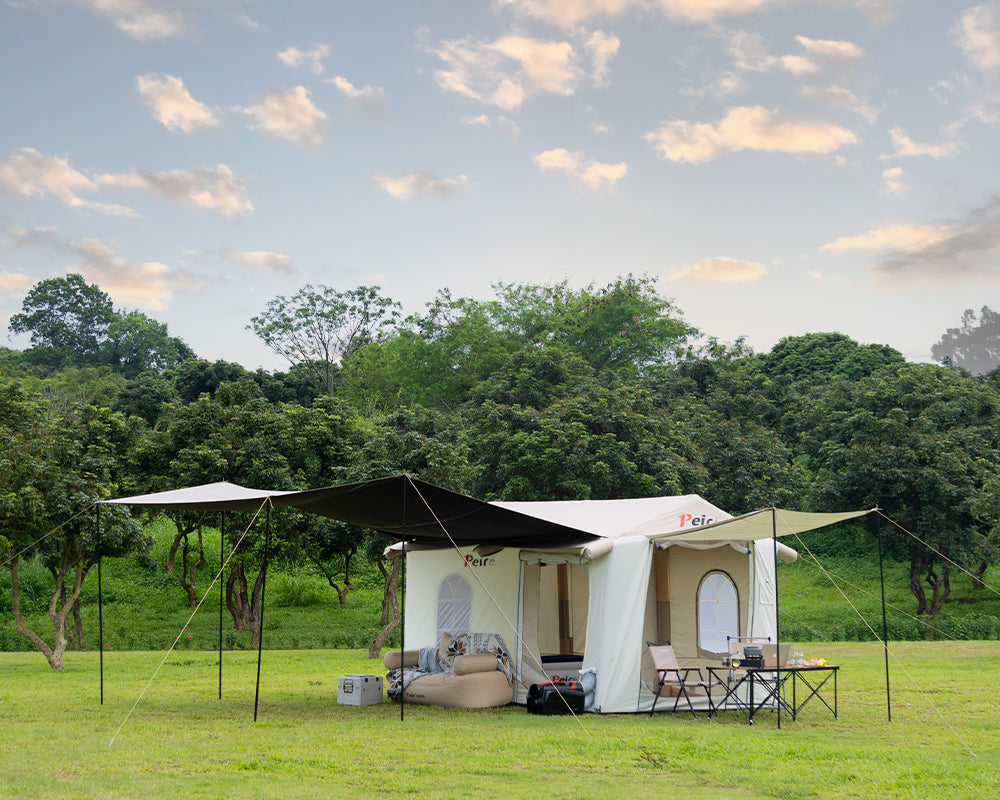Summer camping is an exciting adventure, but dealing with the sweltering heat inside your tent can quickly turn it into an uncomfortable experience. The key to a successful summer camping trip lies in effective planning and making the right camping gear choices. Ensure your tent remains cool during the hot months for a pleasant, enjoyable camping holiday and plenty of memories to share over the years.
In this guide, we’ll provide you with practical tips and techniques on how to keep a tent cool in summer, no matter how high the temperature climbs. From selecting the perfect campsite to optimising ventilation and utilizing cooling accessories, we’ll cover everything you need to know. Prepare to enjoy your summer camping trip without any heat-induced discomfort, and make the most of your time.
Why Do Tents Get So Warm?
We all know the feeling of waking up in a warm tent after a poor night’s sleep – it leads to discomfort and stress the next day, something to avoid when you’re on your holidays. The good news is that warm tents are avoidable with the right approach, but we must consider why tents get warm in the first place.
Typically, tent material is made from polyester, cotton canvas, polycotton, or Cuben fiber – ideal materials for trapping and maintaining heat. Heat retention is good on colder days, but not ideal at the height of summer. That said, tents have ventilation to varying degrees that you can use to keep cool.
Another reason tents become uncomfortably warm in summer is due to the greenhouse effect. As with the planet’s atmosphere, solar radiation enters the tent quite easily and gets trapped, so after a short time in the sun the tent gets baking hot. Read on to find out more on how to overcome the problem.
10 Ways to Keep a Tent Cool in Summer
If you want to enjoy your summer camping holiday while the sun is beating down on your family tent, you need to think ahead. While tents are designed to be breathable and durable, it also makes them prone to the greenhouse effect, which is intense during the summer heat. The good news is that uncomfortable tents can be a thing of the past if you follow our 10 ways to keep a tent cool in summer.
Choose a Breathable Tent
Large tents are a great option for temperature control, and they provide more space for campers, even if there is only one or two people. The downside of a large tent is the space required for pitching, especially on a campsite or at a festival. Still, you can benefit from more living space and cooler air.
Make the Most of Mesh
Tents are designed with a mesh flysheet connected to rods. The role of the flysheet is for ventilation and to keep bugs out. It is also used as material for windows and doors in the surface layer of the tent. Depending on the temperature, you can make use of this mesh underlayer to prevent heat exhaustion.
Seek Out a Shaded Campsite
The last thing you want is to wake up in baking hot weather because of where you decided to pitch your tent. There are a few things to keep in mind when pitching a tent, the main thing is the shade. Whether it’s a leafy area, a shore, or a rocky place, shade will protect you from the sun and keep the tent cooler.
Use a Sunshade or Tarp
Another helpful way to reduce the effect of strong sunlight on your tent, is to set up an additional tarp or reflective sheet. Tarps and sunshades tend to be made from canvas, but it’s possible to use reflective sheets to bounce solar radiation back into the atmosphere instead of absorbing it into the tent’s interior.
Swap Out Bulky Sleeping Bags
Remember to bring a suitable sleeping bag for your summer camping trip. With temperatures peaking in summer the last thing you need is a heavy bag, so make sure to buy a lightweight one from Trespass. Lightweight sleeping bags are typically made with quality synthetic lining for portability and comfort.
Orientate the Tent
Don’t forget to position your tent according to the wind. A cool breeze on a warm day brings some pleasant relief, so make sure the door of your tent is facing it.
Drink Water
When the body heats up due to external factors, we perspire and lose water leading to dehydration – this can be a serious health concern if you are out in the hillside during summer. Drinking water must be high priority for you especially when hiking, so bring a water bottle with you and keep it filled at all times.
Use a Battery Powered Fan
If you expect to be camping in hot weather you might want to bring a battery powered fan along, this is a great option for staying cool during the day and helping you sleep at night.
Wear Lighter Clothing
Finally, one of the best ways to keep a tent cool in summer is to regulate body temperature by wearing suitable clothing.
Disassemble in Daytime
Finally, a simple solution to keeping your tent cool in summer is to take it down during the day. Although it can be a little inconvenient, taking your tent down through the heat of the day ensures that it stays cool when you need it most.
How to Keep Your Tent Cool Without Electricity
Pitch up in the Shade
What’s the first thing you’d do to cool down on a hot walk? Find a patch of shade. Camping works in the same way; your tent is far more likely to overheat in the sun than it is in a fully shaded or partly shaded pitch.
Keep Your Air Vents Open
Keeping all of your air vents wide open is the simplest way to keep your tent cool. With more air moving in and out of the tent, you’ll reap the benefits of better circulation and a fresh breeze.
Take Down Your Tent During the Day
It might sound like a hassle, but taking your tent down as soon as the sun comes up will stop the greenhouse-like effect of your canvas.
Invest in a Sunshade
If you’re not on board with the idea of assembling and disassembling your tent every day, a sunshade will do some of the heavy work. While basic tarp will work to some extent, reflective materials are best, as they’ll mirror the sun and protect your tent from the heat blast.
Buy a Portable Battery-Powered Fan
A portable, battery-powered fan can be taken anywhere with you. Keep it to hand, set it up on the floor or hang it from your tent’s roof where there’s a lamp loop.
Create Your Own Air Con Using a Bucket of Ice
A bucket of ice will mimic an air conditioner by cooling down the surrounding area. While it might melt quickly in the day, it’s a great strategy at night.
If You Can, Take Down Your Rain Fly
On hot and dry days, there’s no need for your tent’s rain fly. If it’s easy enough to remove and it’s not one of the first things you had to attach to the inside of your tent, removing this extra padding will make the inside of your tent far breezier.
Check the Breeze
Placing your tent door facing the breeze will make your tent feel cooler. You don’t necessarily need to check the weather forecast to find out the wind direction; simply lick your finger, raise it to the sky and see which side feels the coldest.
Ask the Site Owners Where to Pitch Up
The campsite owners will be able to tell apart the hot spots from the breezy corners, so having a short chat will help you to narrow down your options.
Choose the Right Tent
If you haven’t set off yet but you’re expecting a heat wave while you’re away, choosing a tent made from polyester (which is resistant to UV rays) or nylon (a breathable option) will go a long way towards cooling down your tent. Mesh details are another plus for circulation, as is a tent with a large interior.


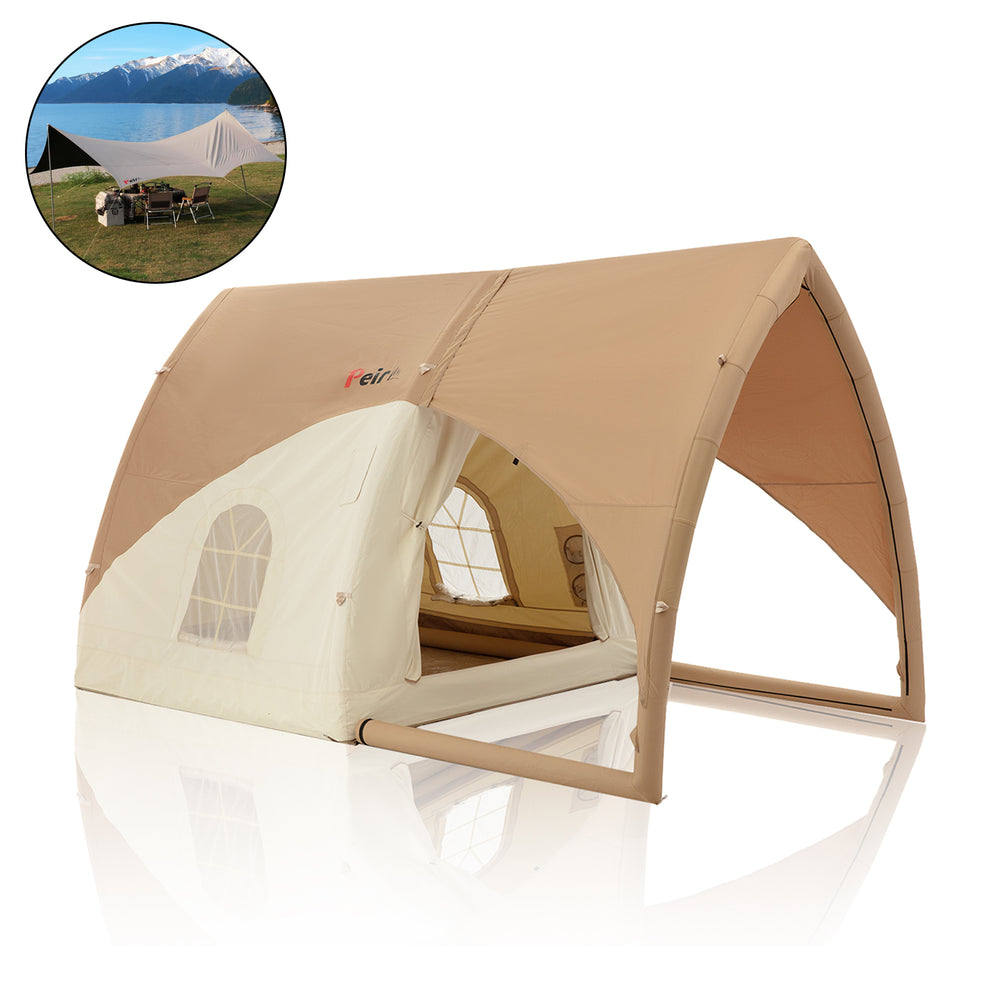
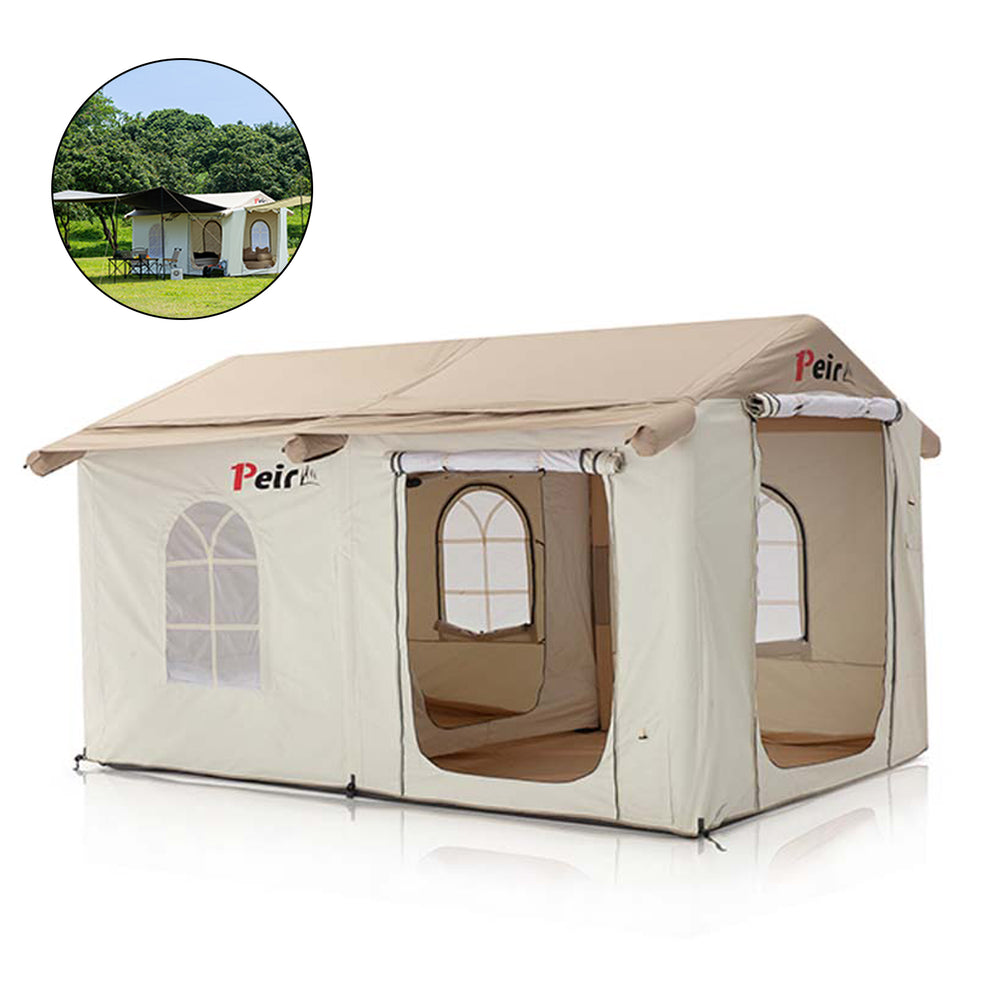
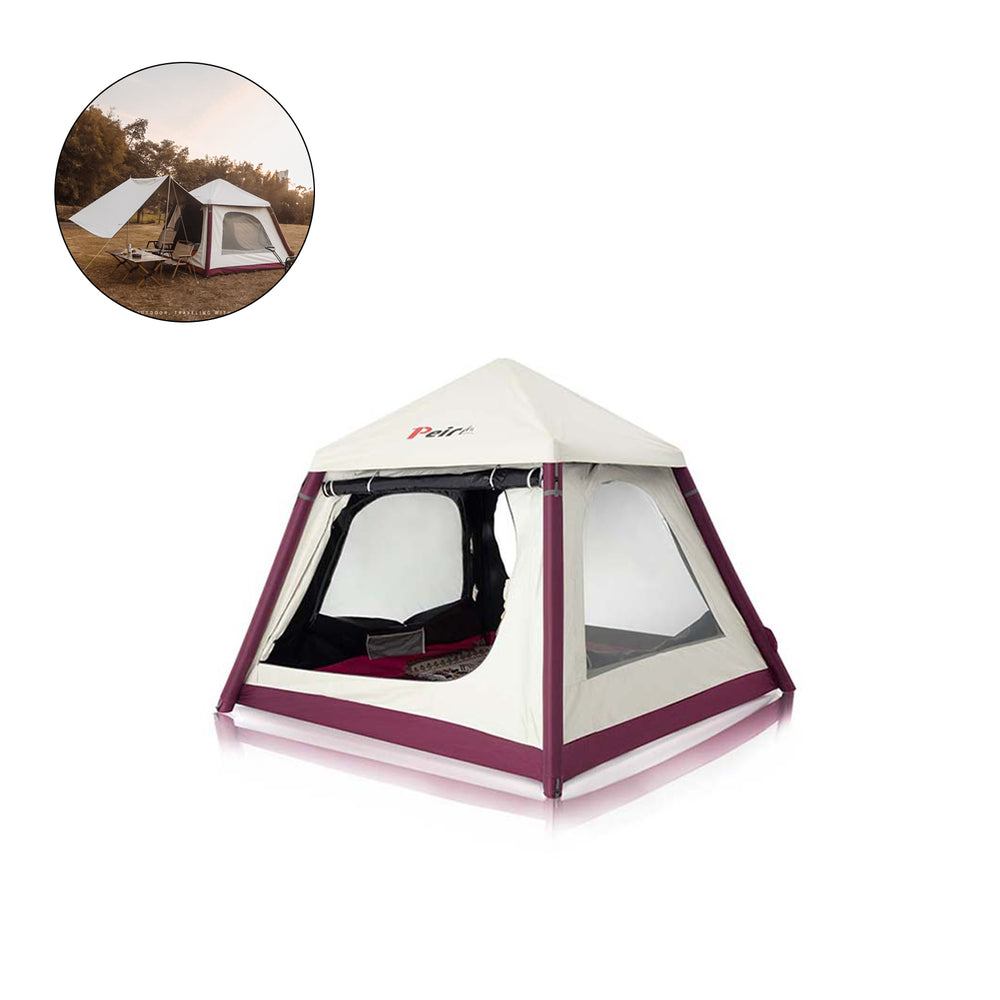

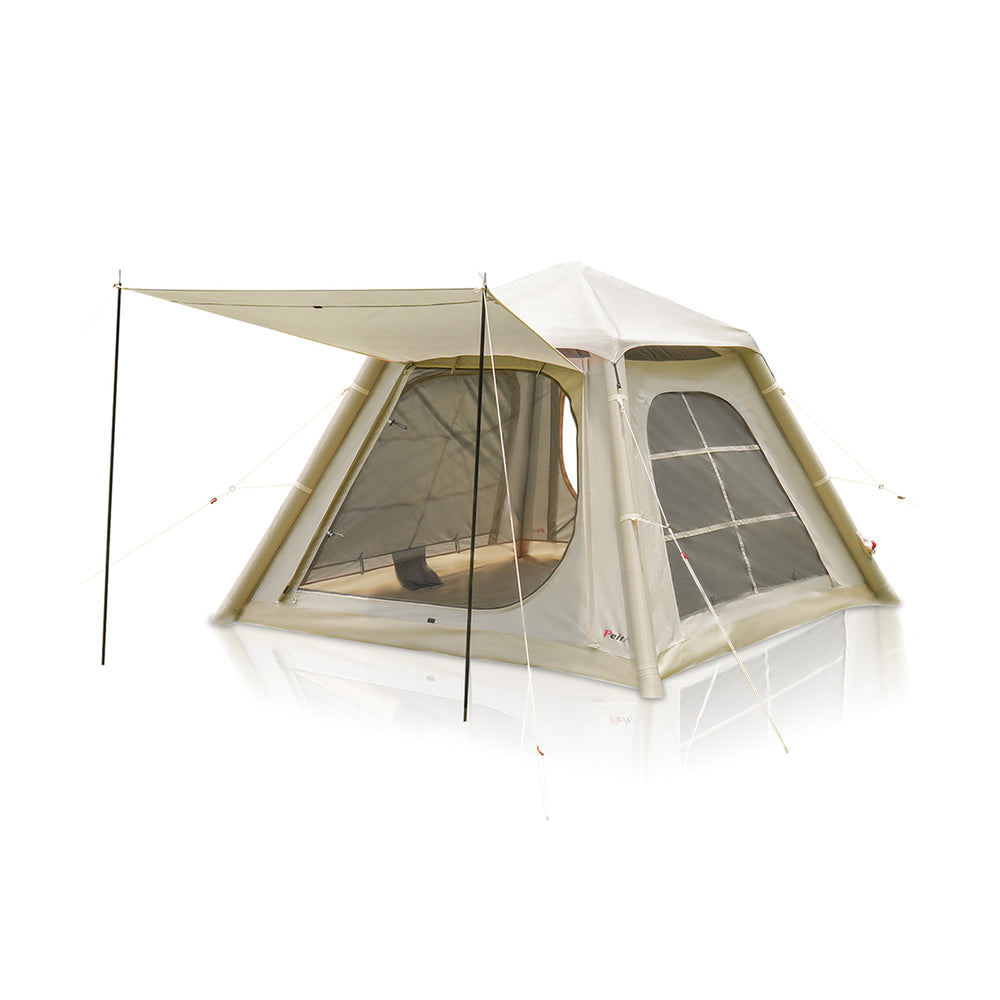

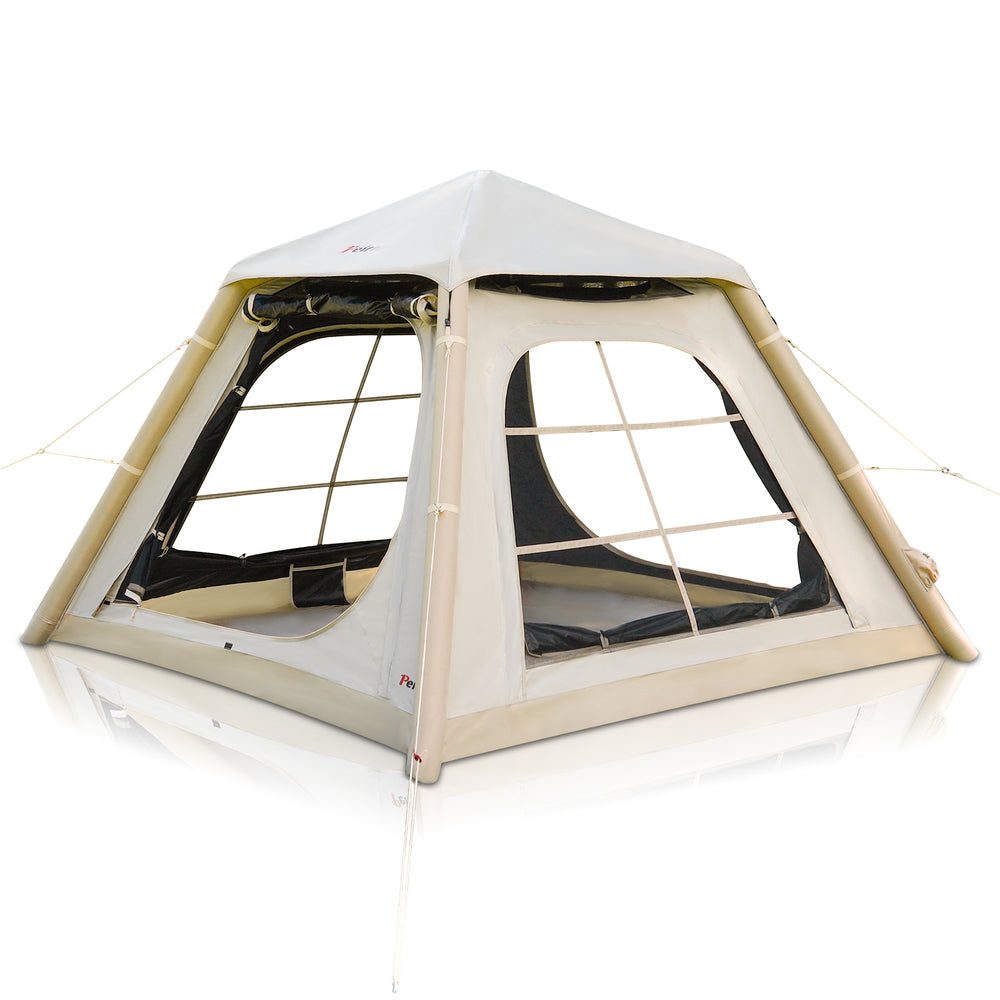
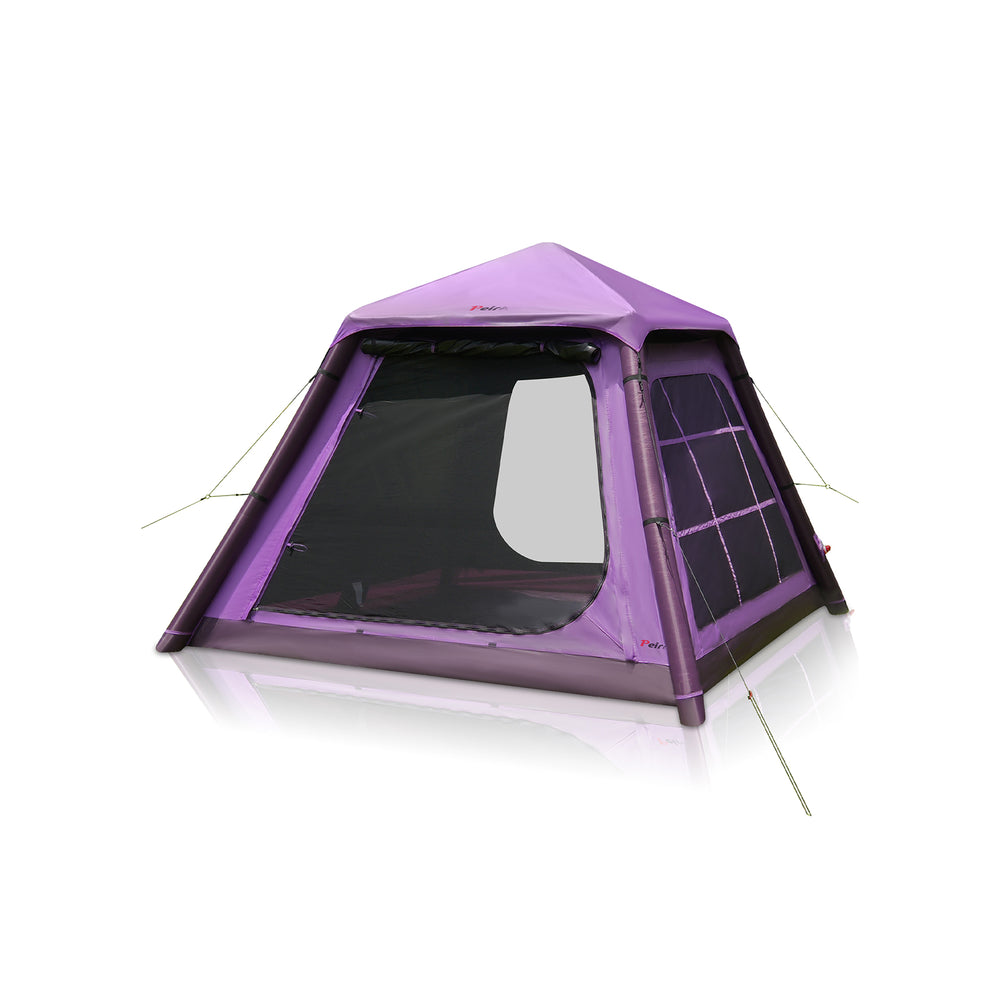
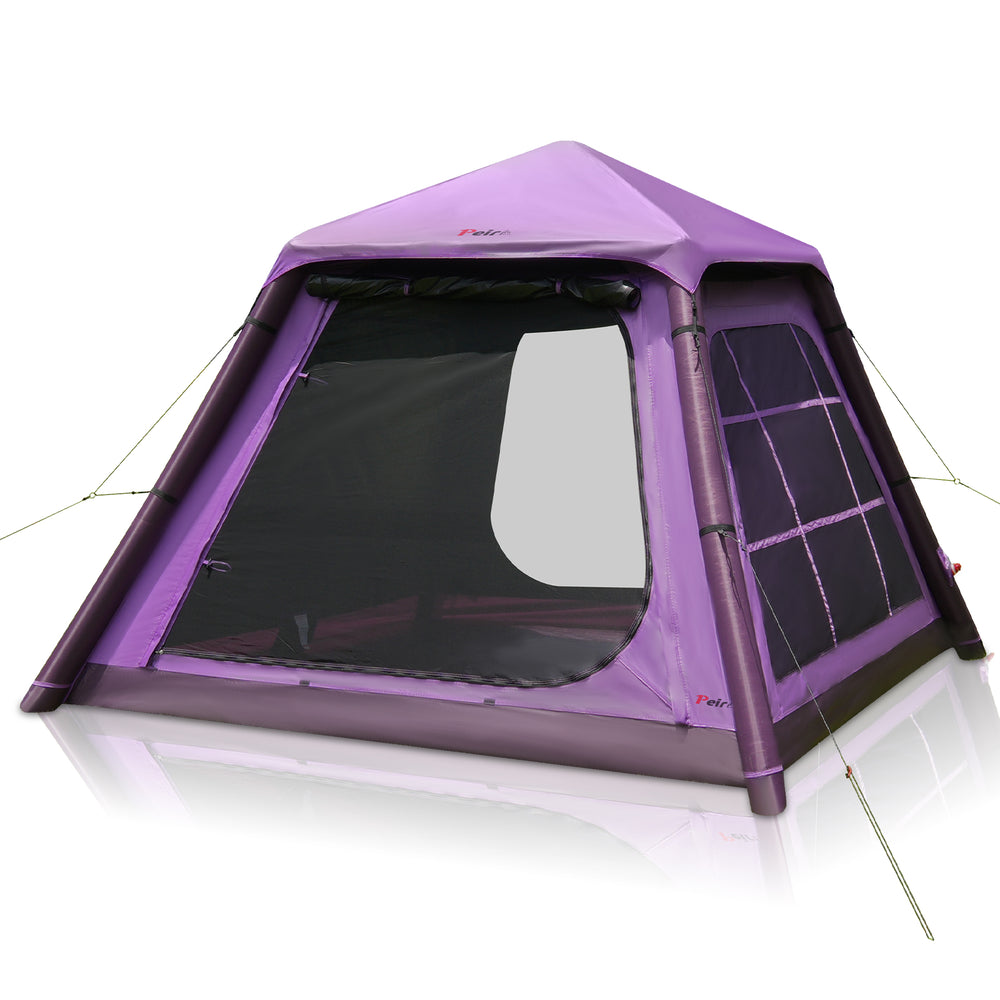
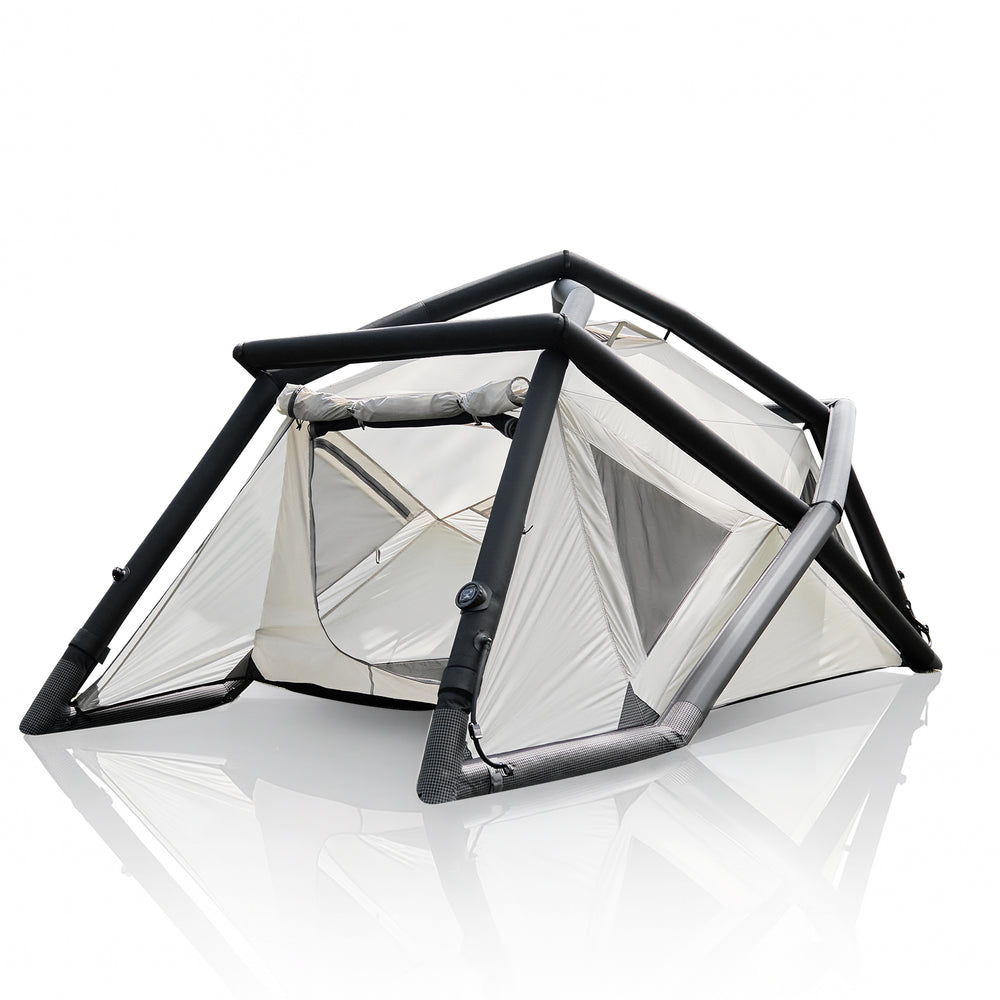
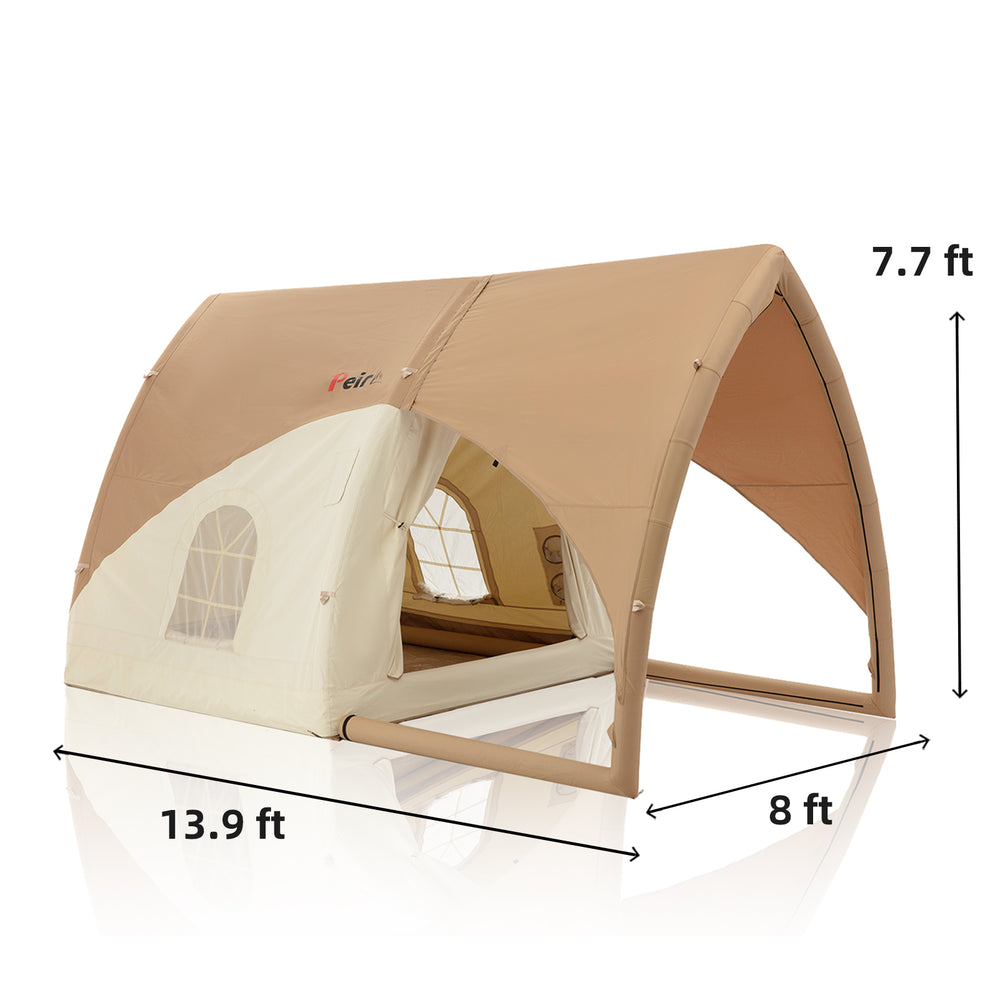 Peirhw Inflatable House Tent - Starry Night Love
Peirhw Inflatable House Tent - Starry Night Love
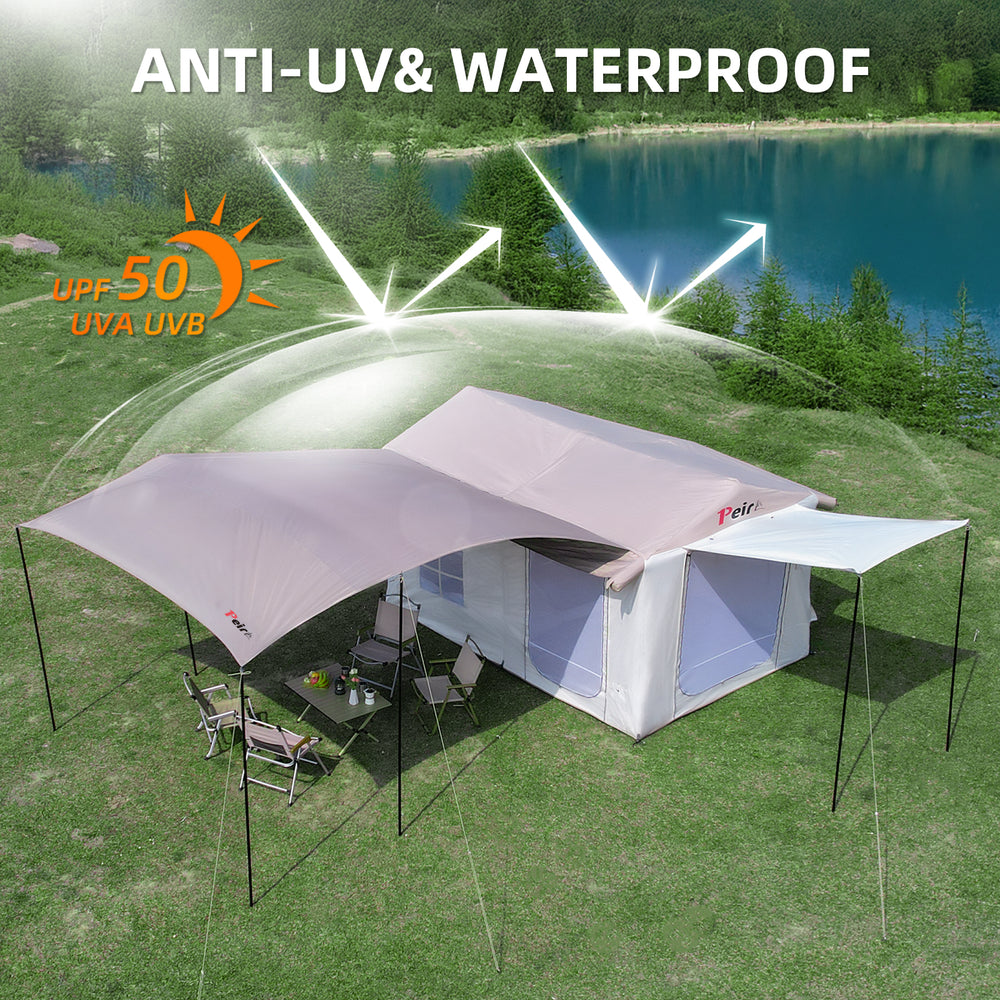 Peirhw Glamping Tents - Friendship Castle
Peirhw Glamping Tents - Friendship Castle
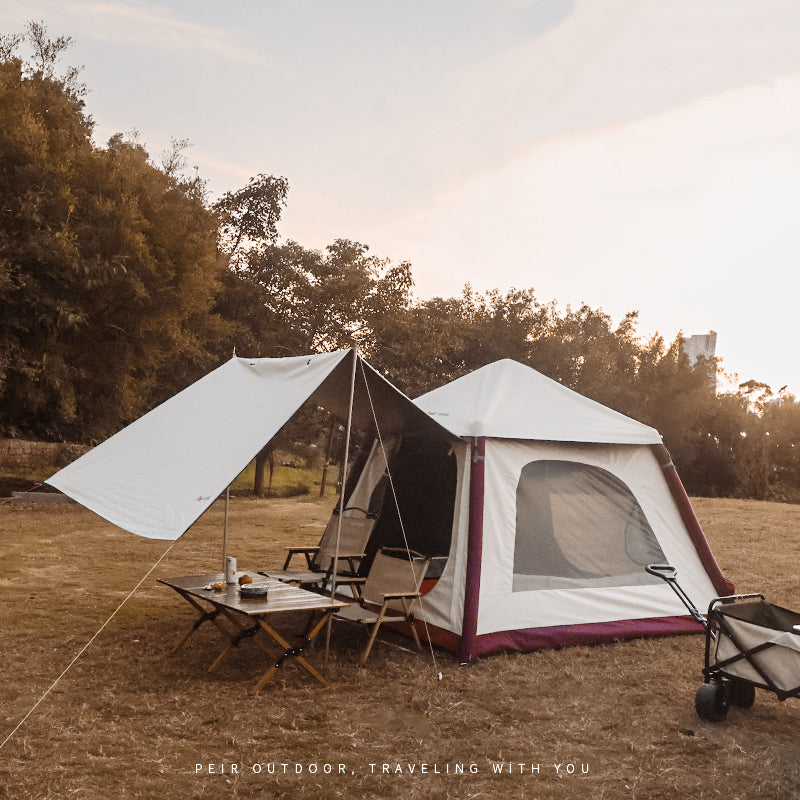 Peirhw Inflatable Canopy Tent - Adventurer
Peirhw Inflatable Canopy Tent - Adventurer
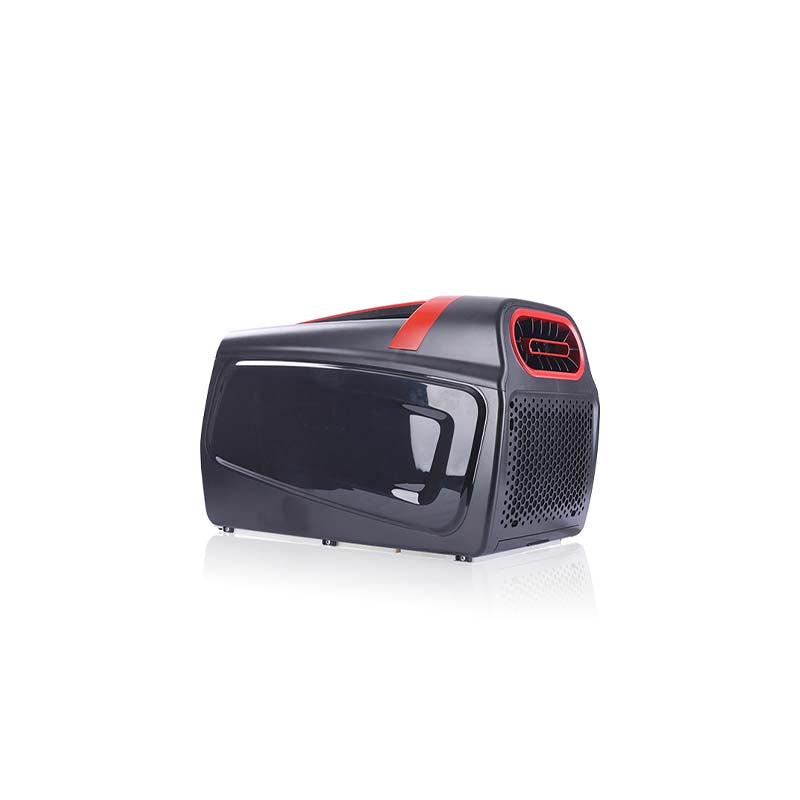
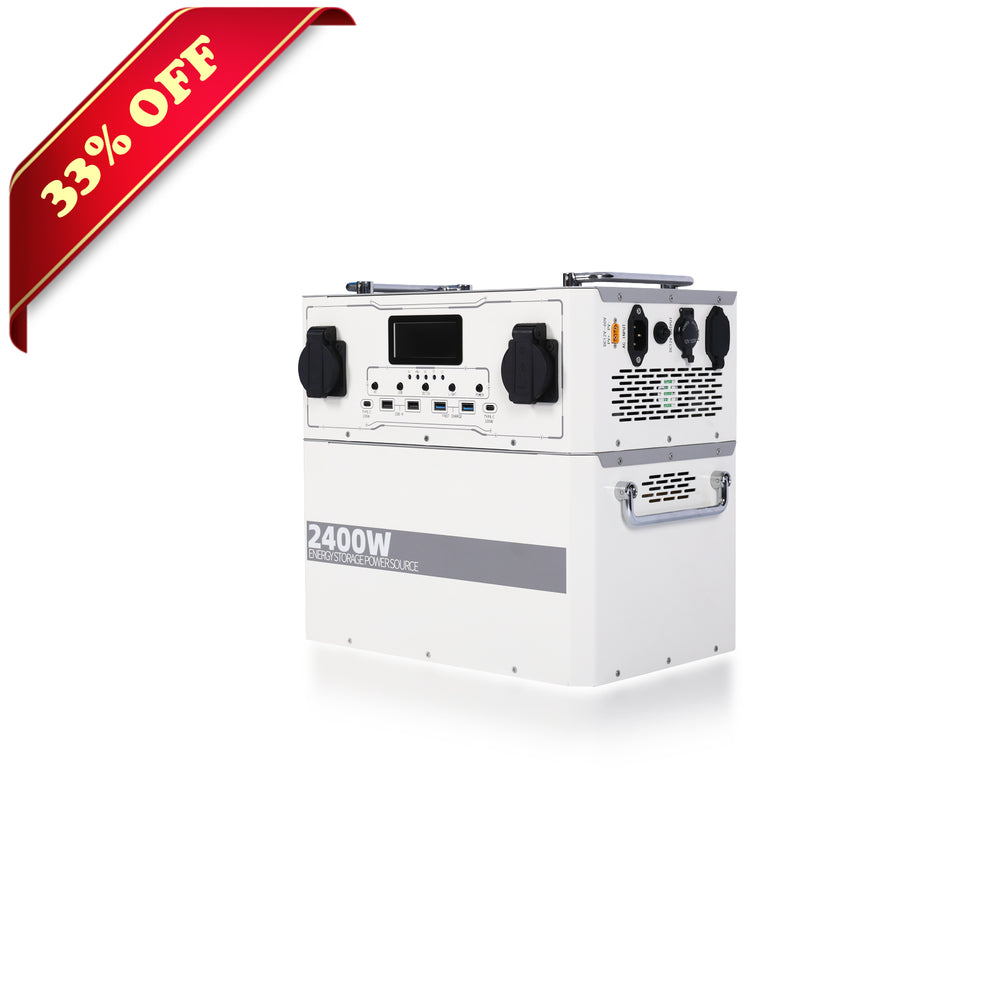
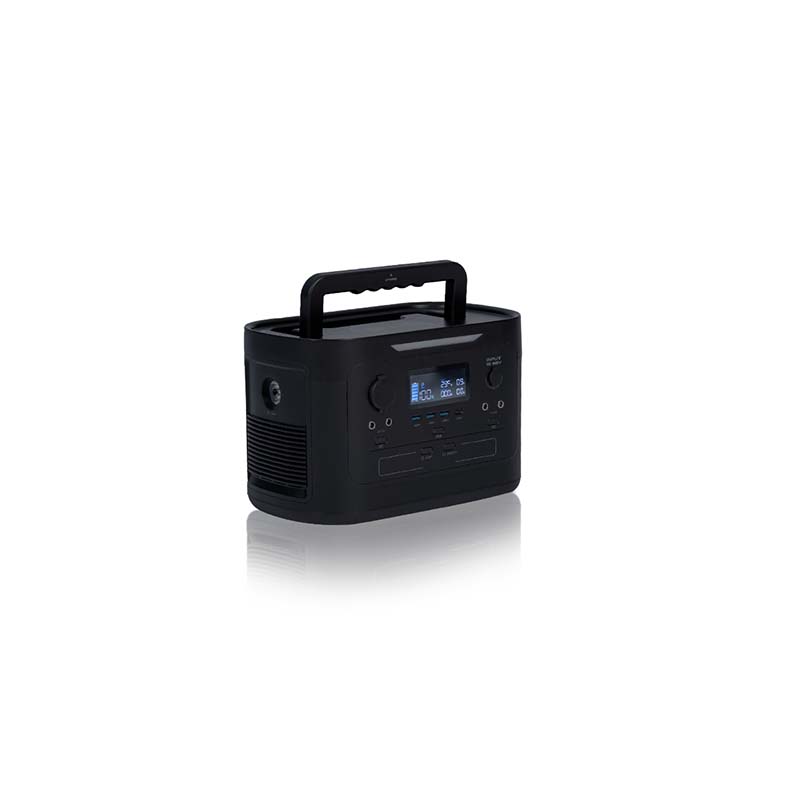
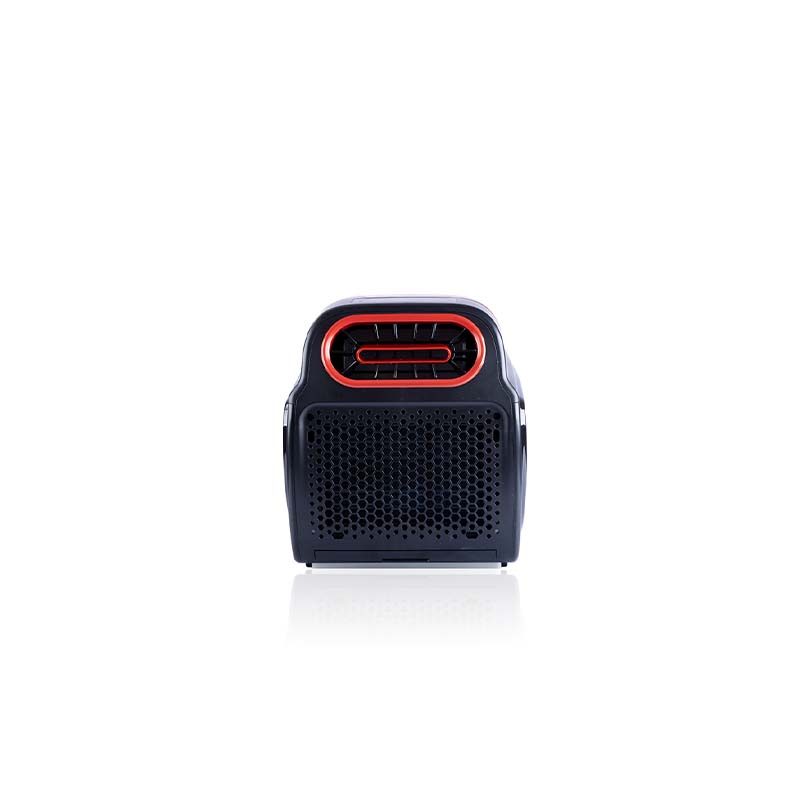 Peirhw Portable Air Conditioner
Peirhw Portable Air Conditioner
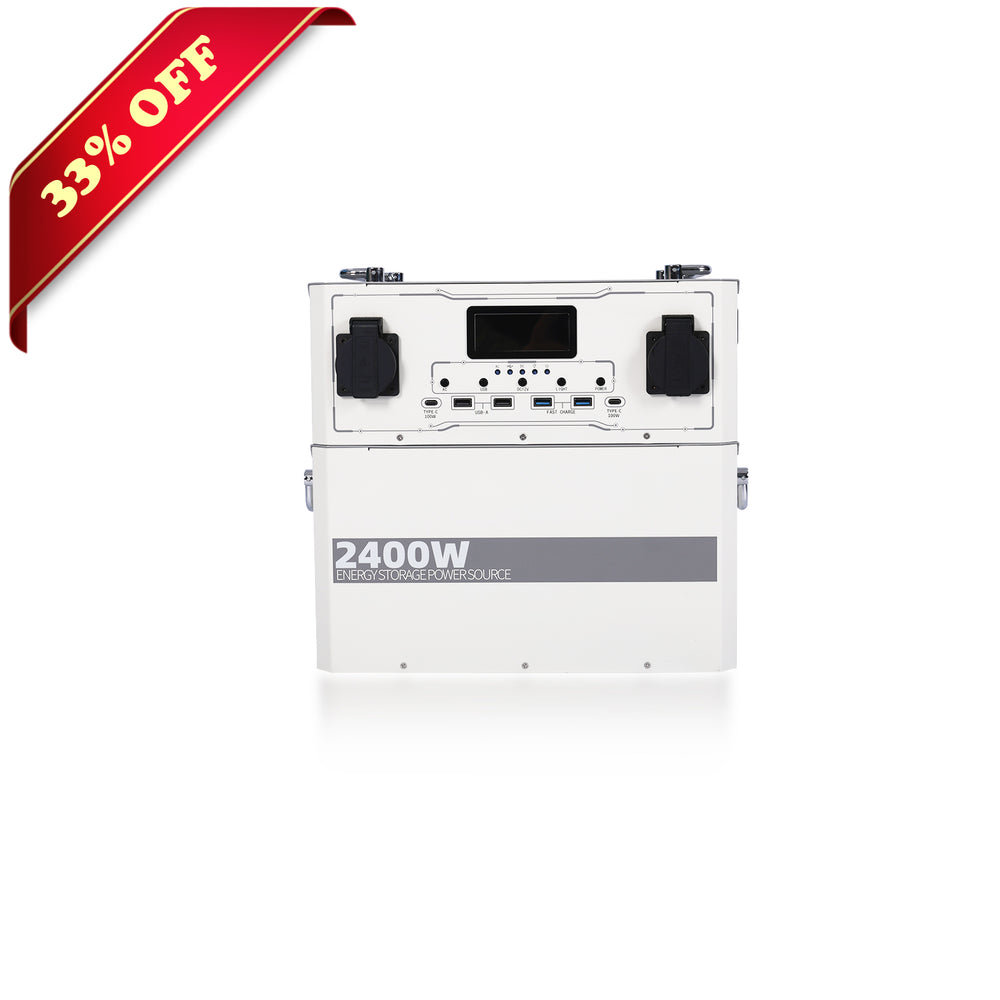 【Advance Sale】Peirhw Portable Power Station 2400W
【Advance Sale】Peirhw Portable Power Station 2400W
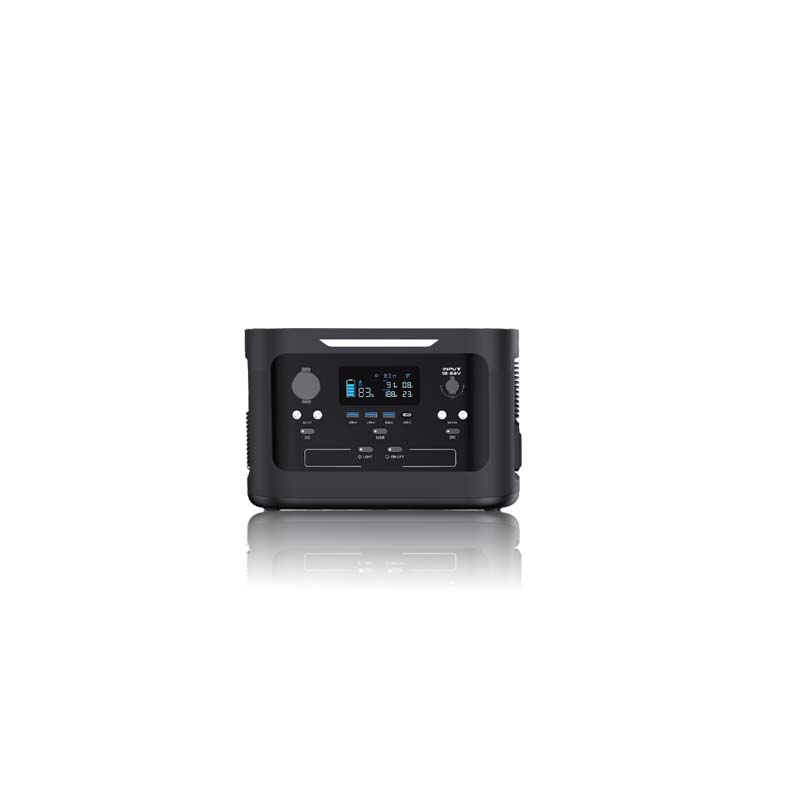 【Advance Sale】Peirhw Portable Power Station 600W
【Advance Sale】Peirhw Portable Power Station 600W
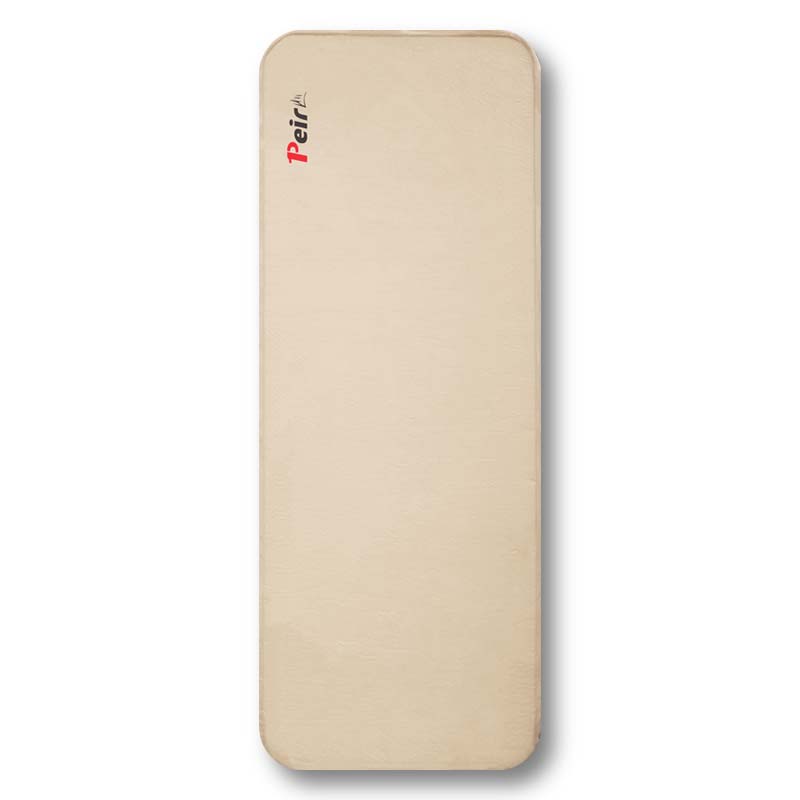

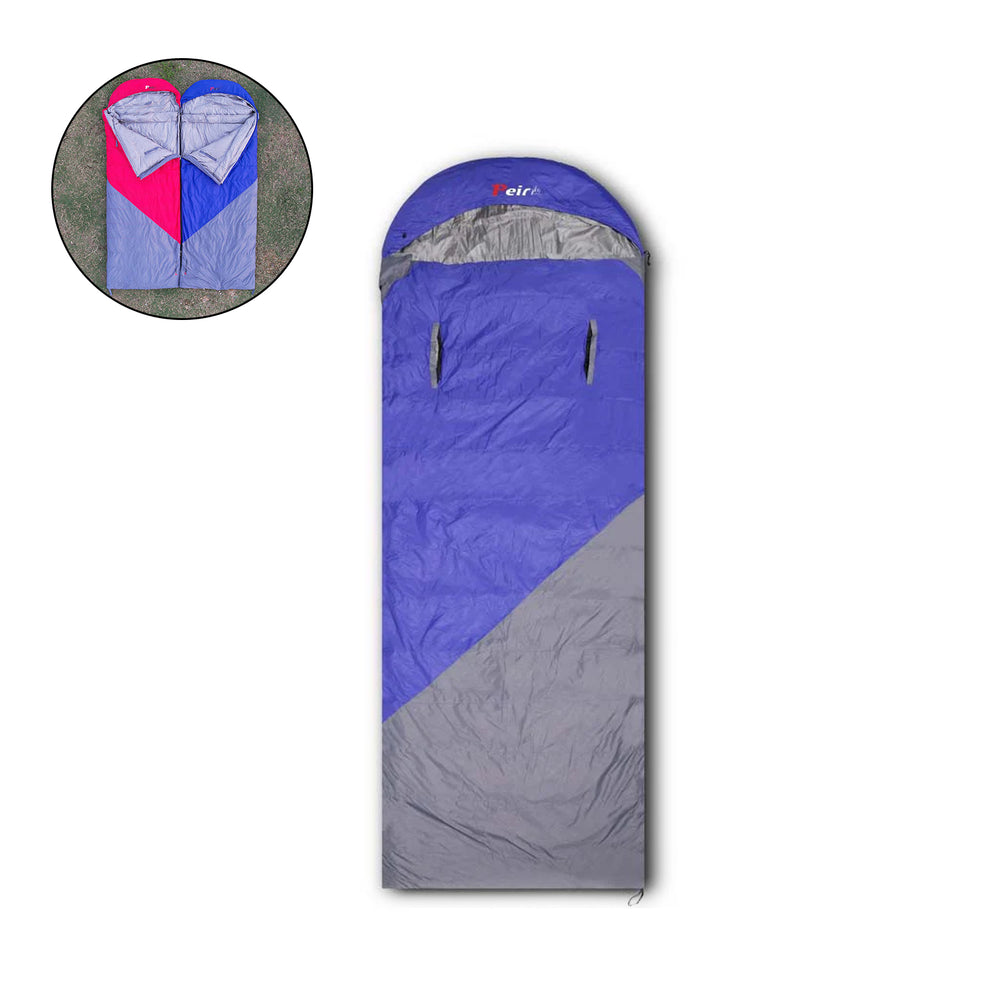
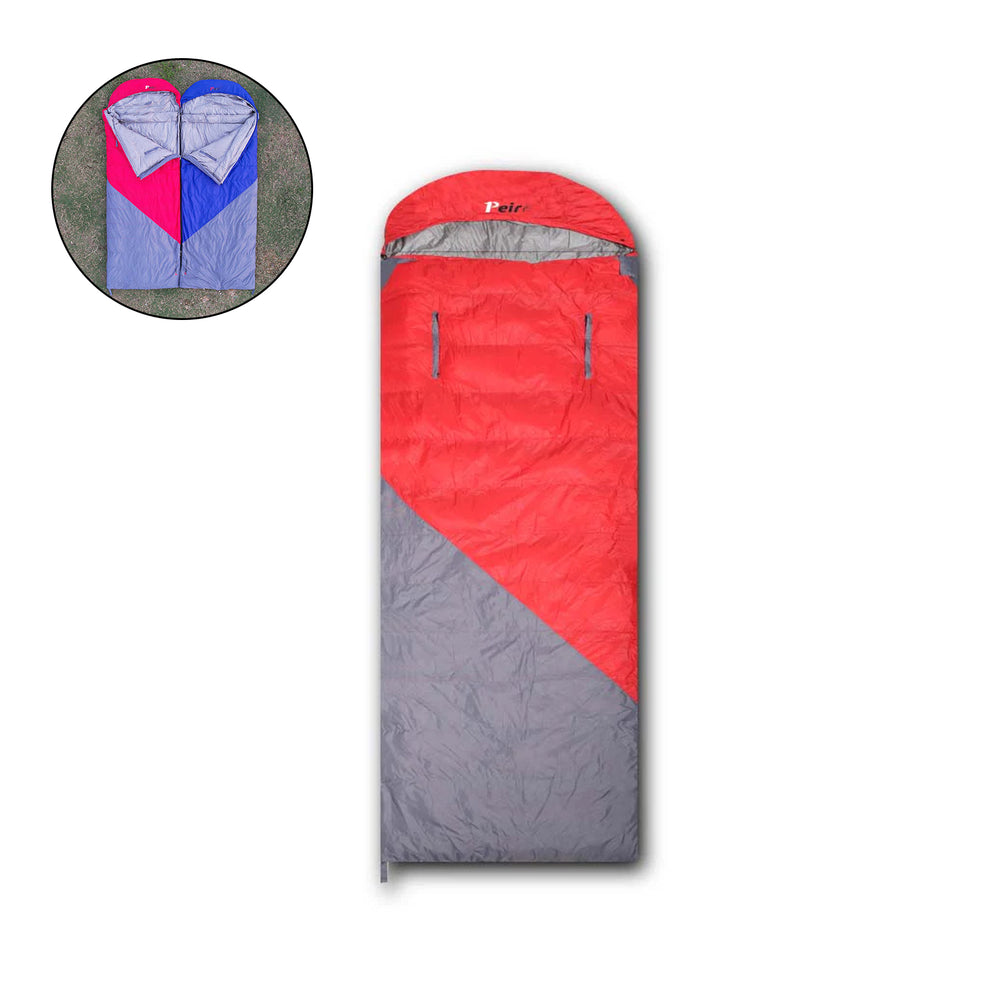
 Peirhw Self Inflating Sleeping Pad
Peirhw Self Inflating Sleeping Pad
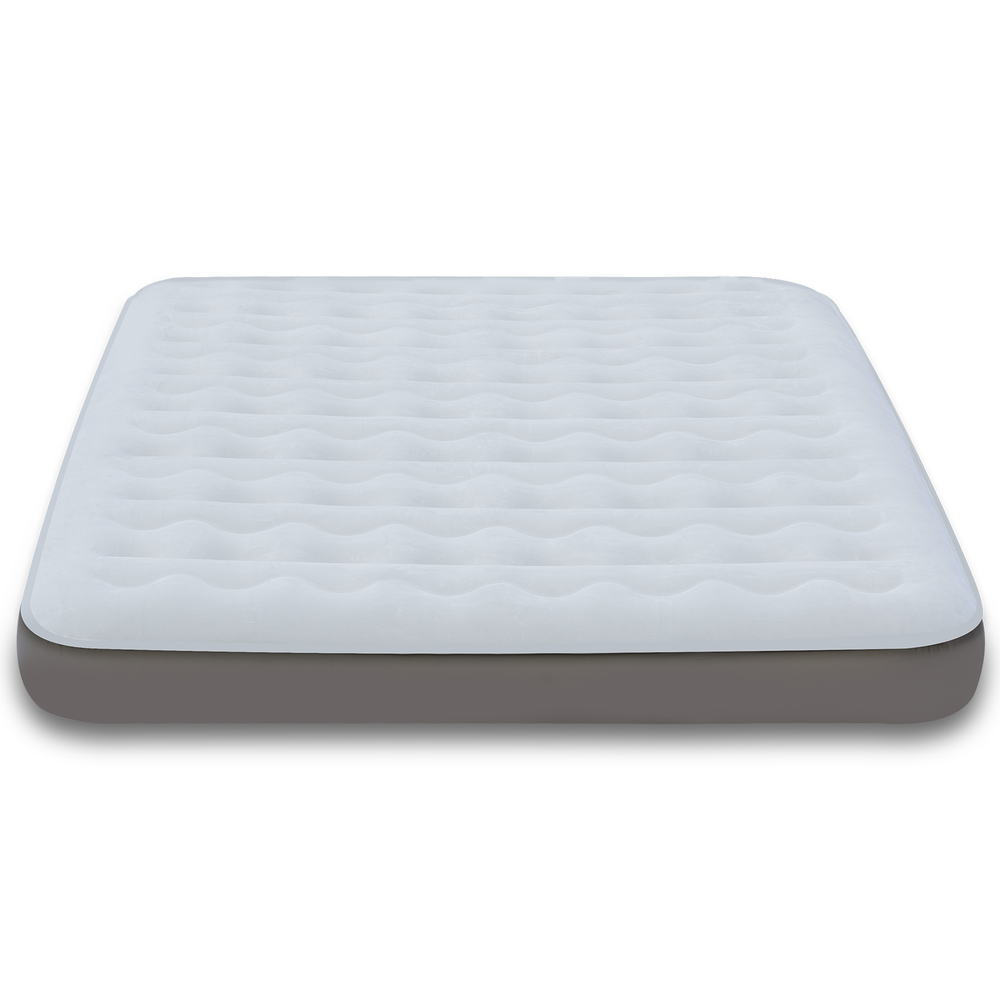 Peirhw Air Mattress (8" Queen Type)
Peirhw Air Mattress (8" Queen Type)
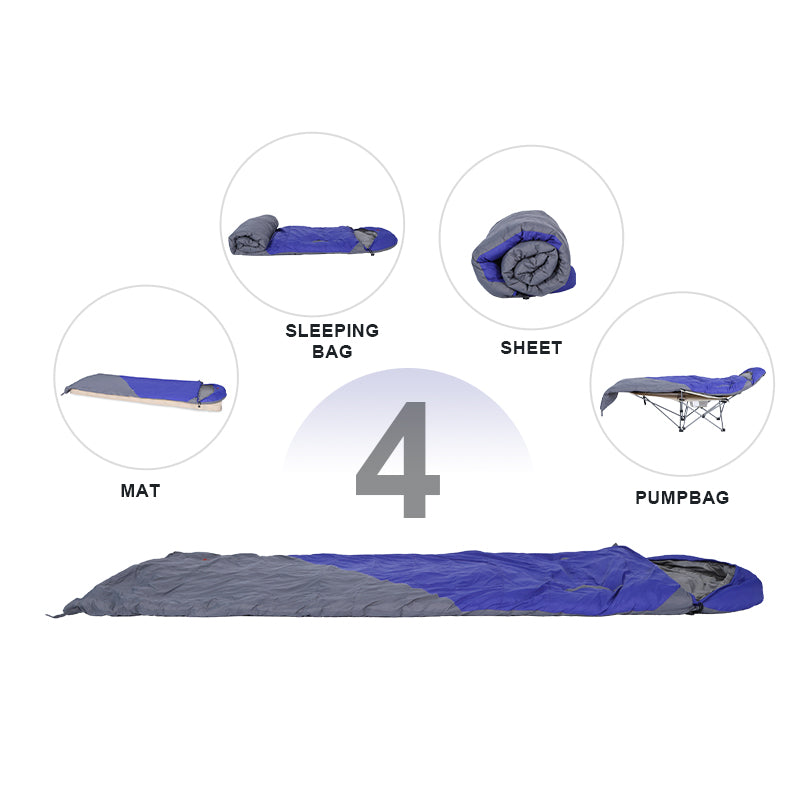 Peirhw Camping Sleeping Bag
Peirhw Camping Sleeping Bag
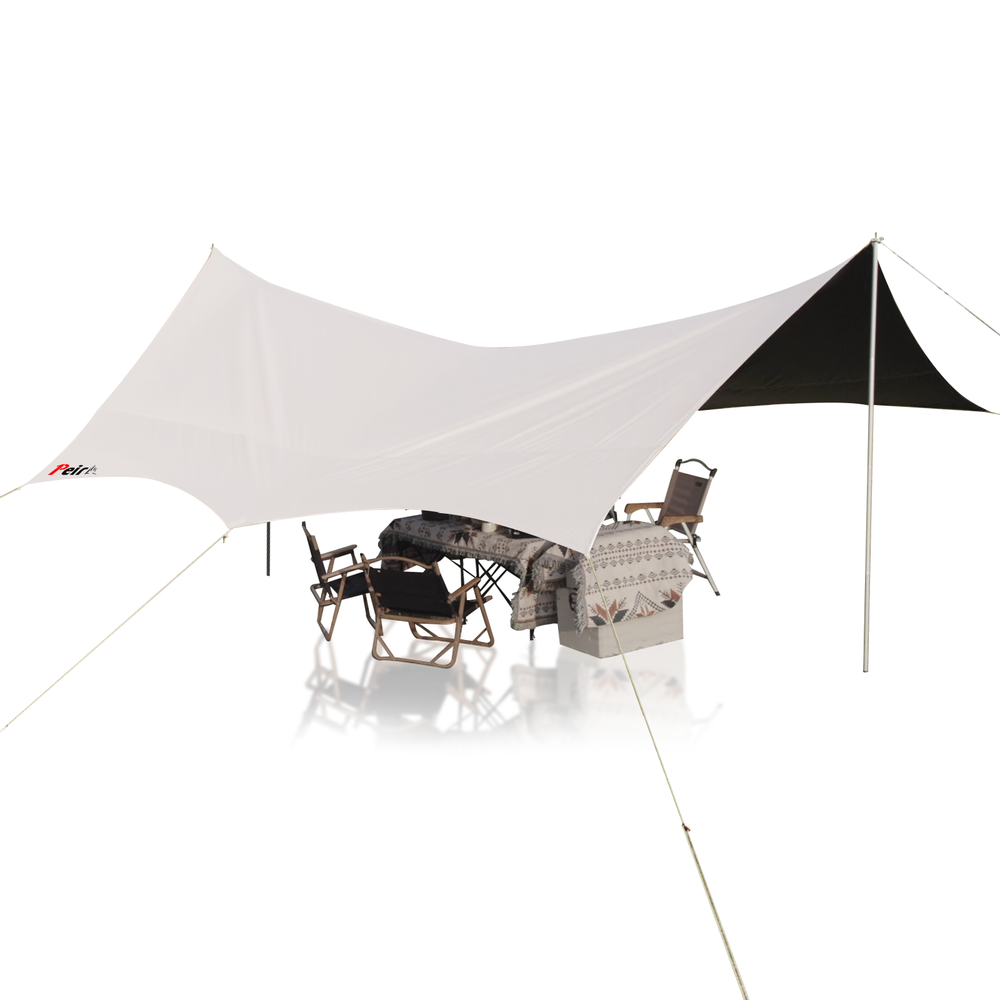
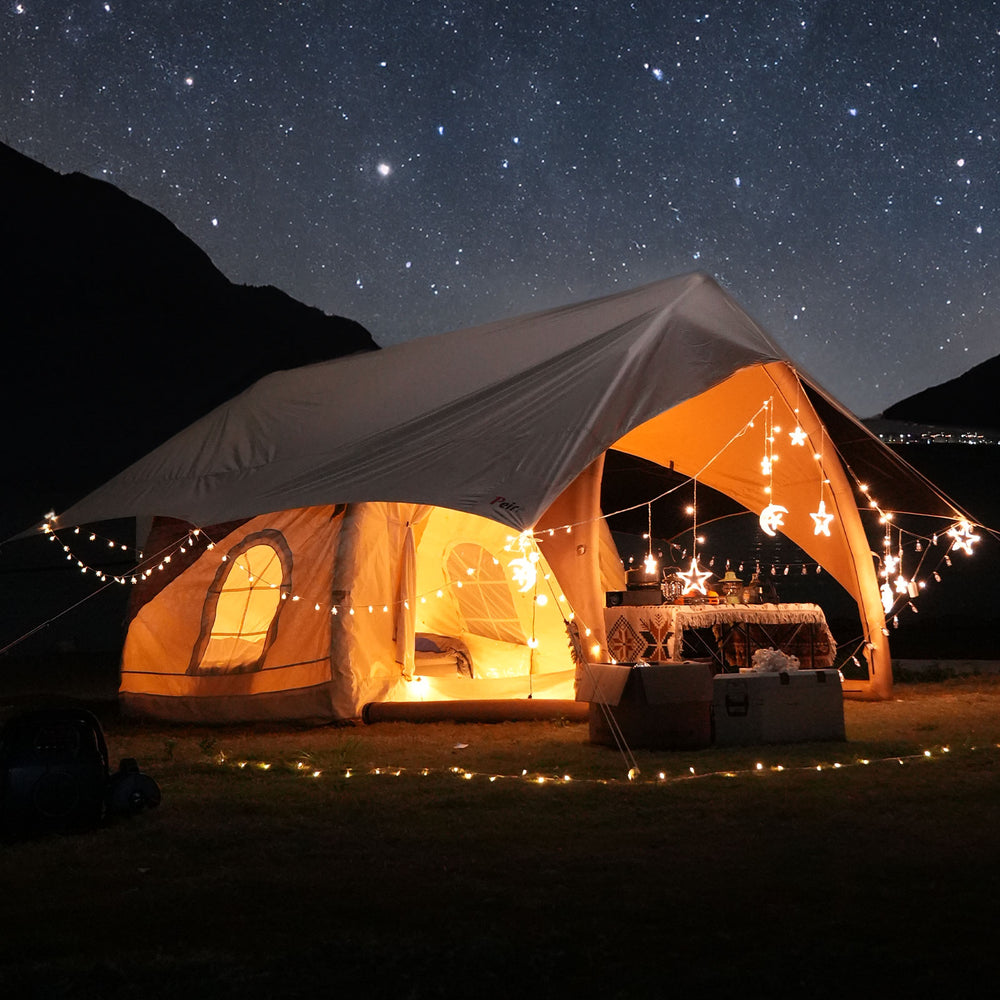
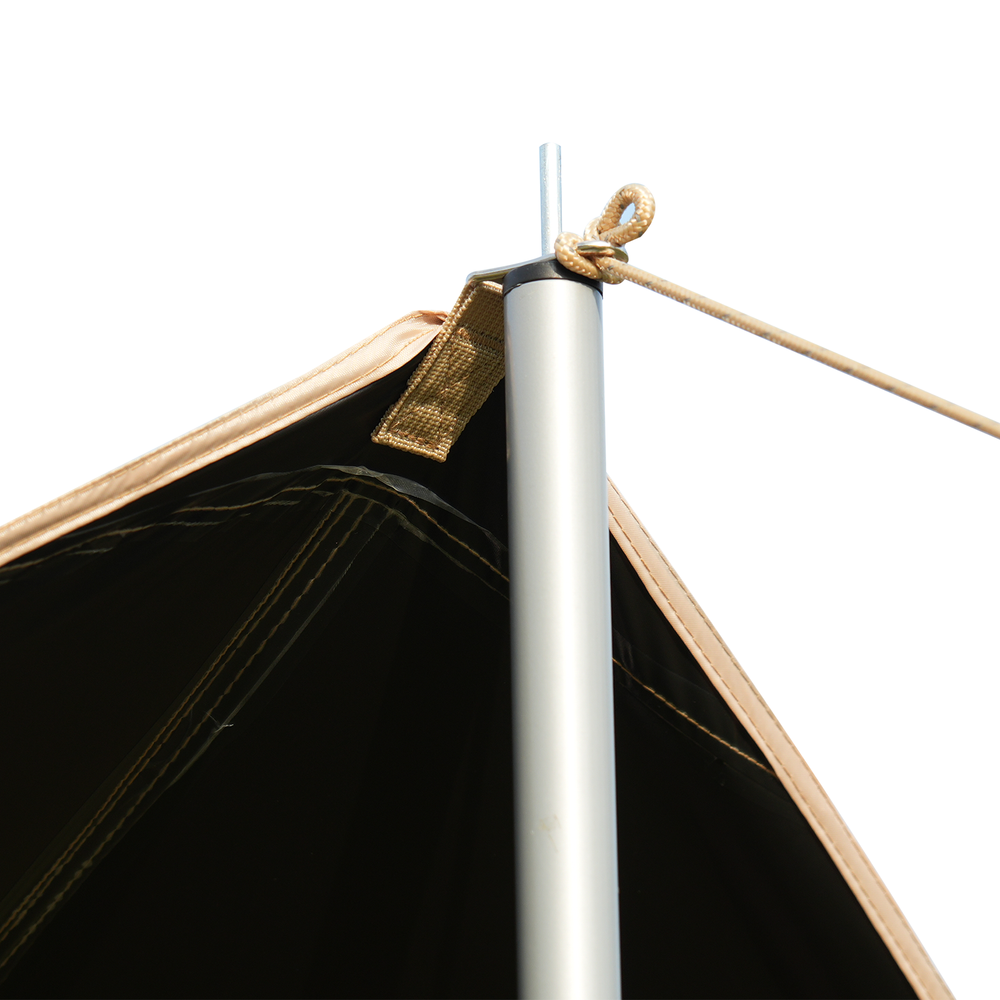 Peirhw Butterfly-shaped Canopy for Camping
Peirhw Butterfly-shaped Canopy for Camping
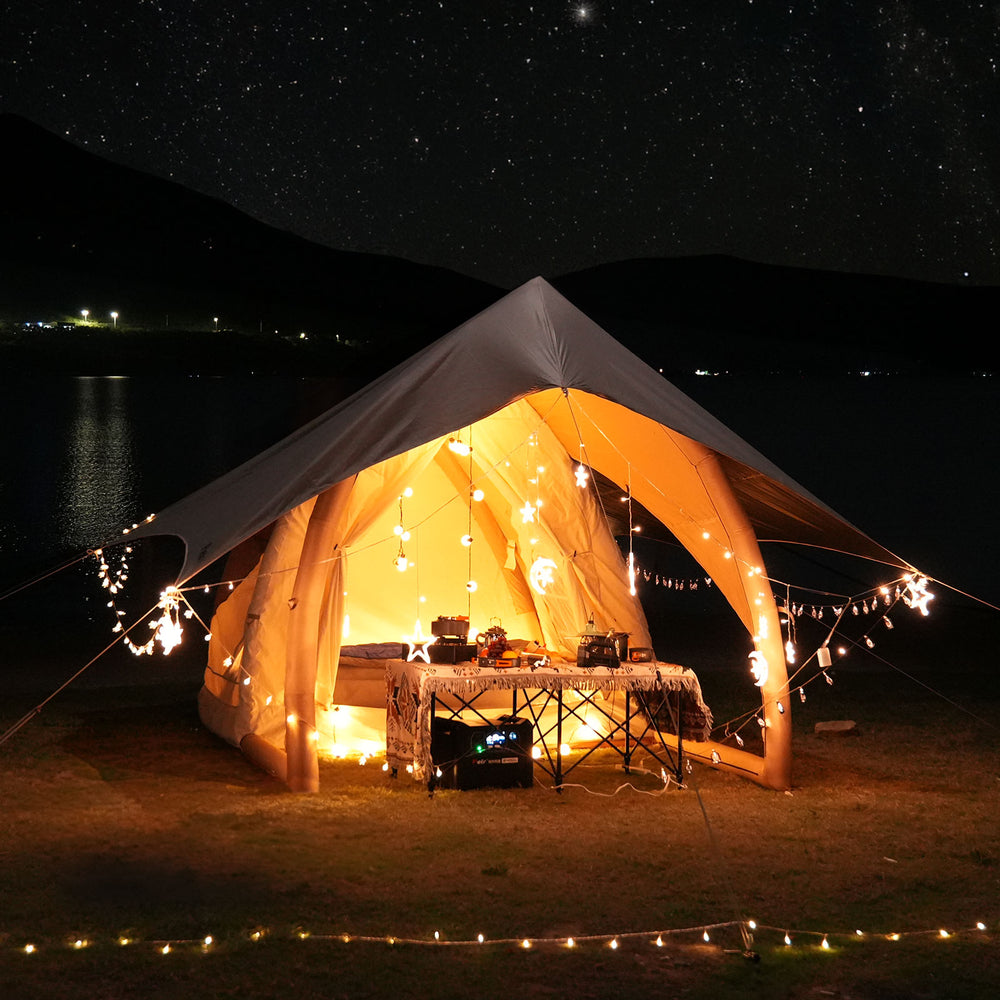 Peirhw Camping Waterproof Canopy (Cannot be Purchased Separately)
Peirhw Camping Waterproof Canopy (Cannot be Purchased Separately)
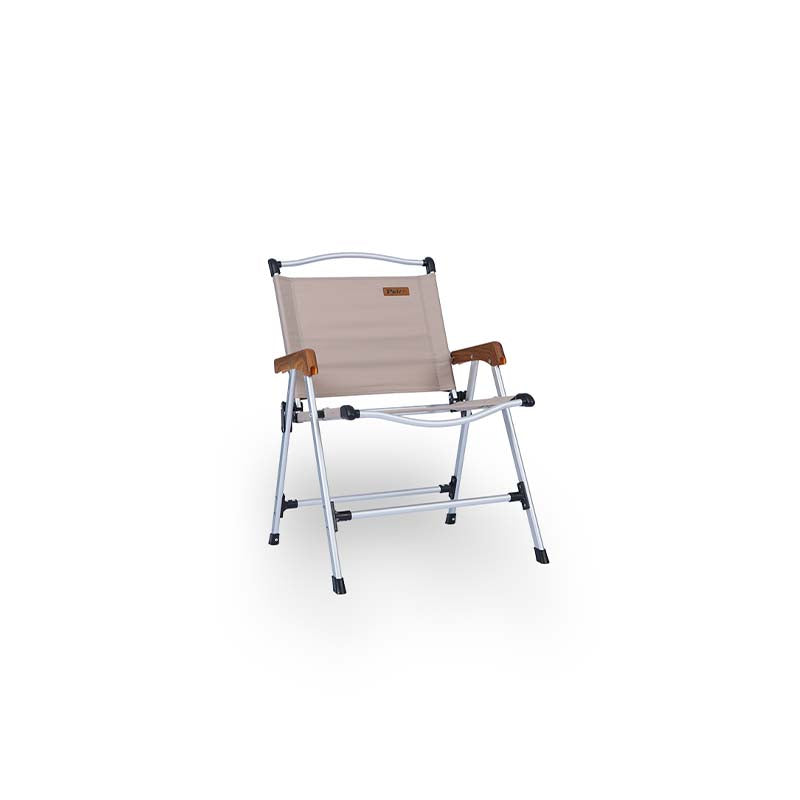
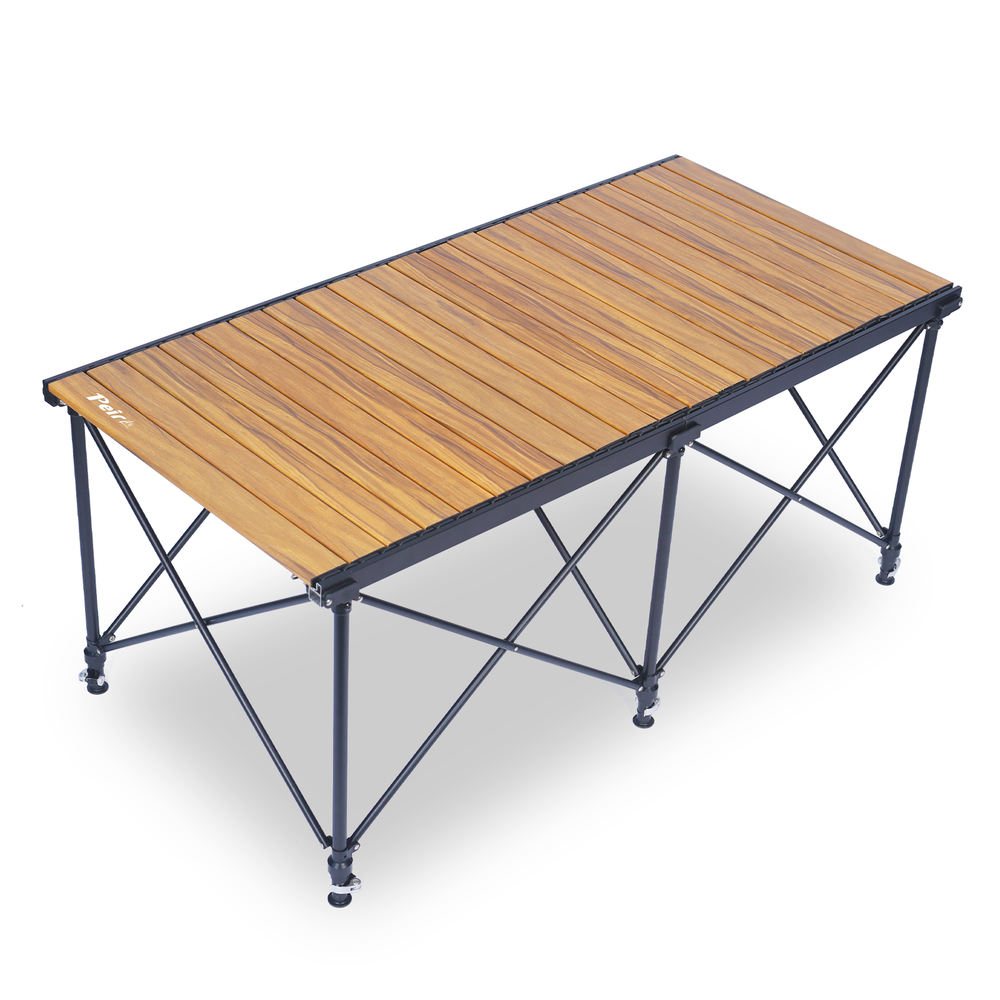
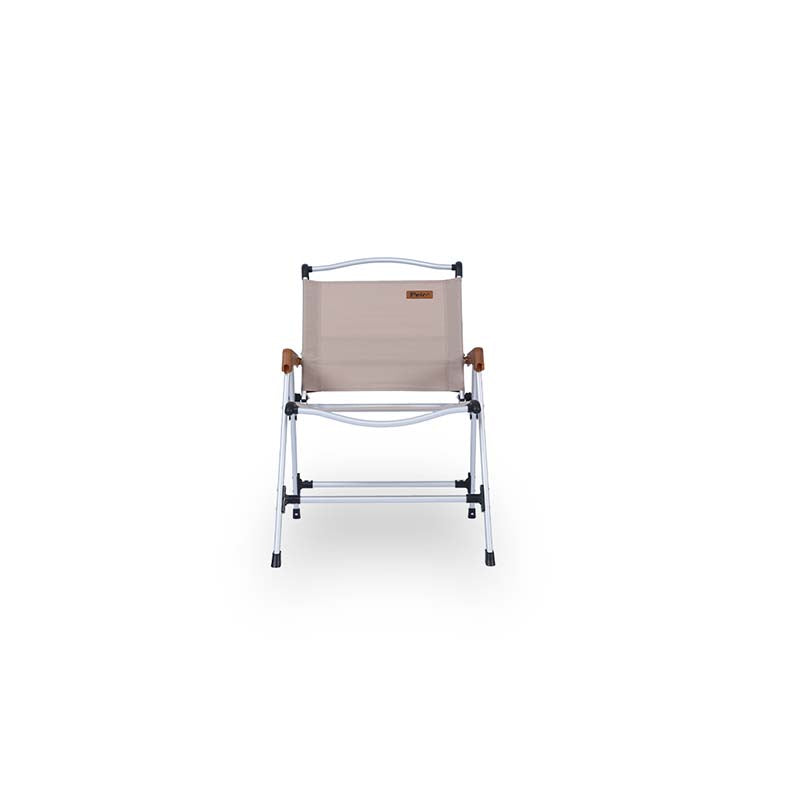 Peirhw Outdoor Folding Chairs
Peirhw Outdoor Folding Chairs
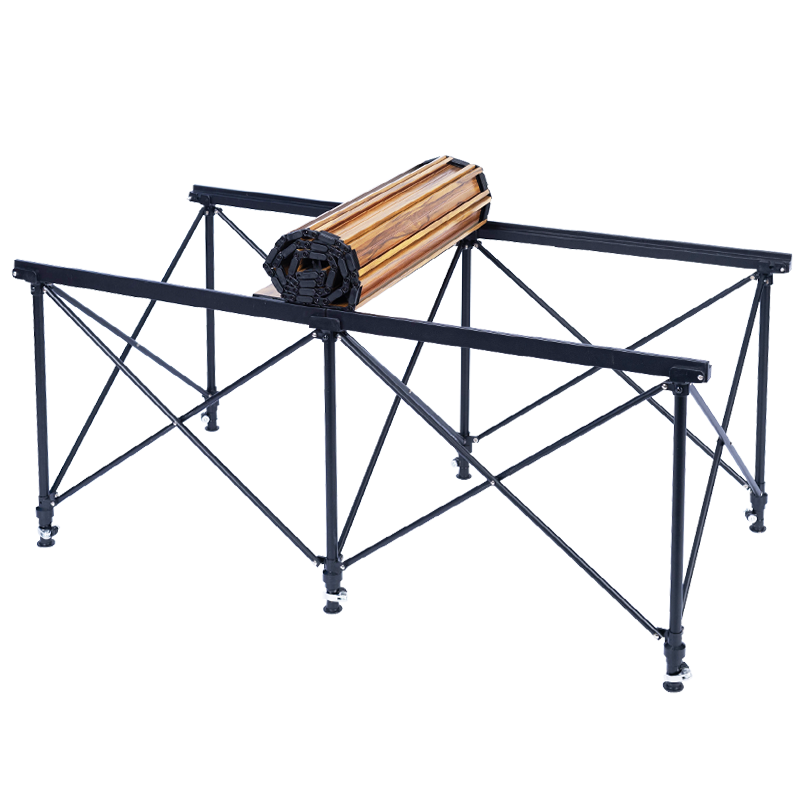 Peirhw Folding Camping Table
Peirhw Folding Camping Table





